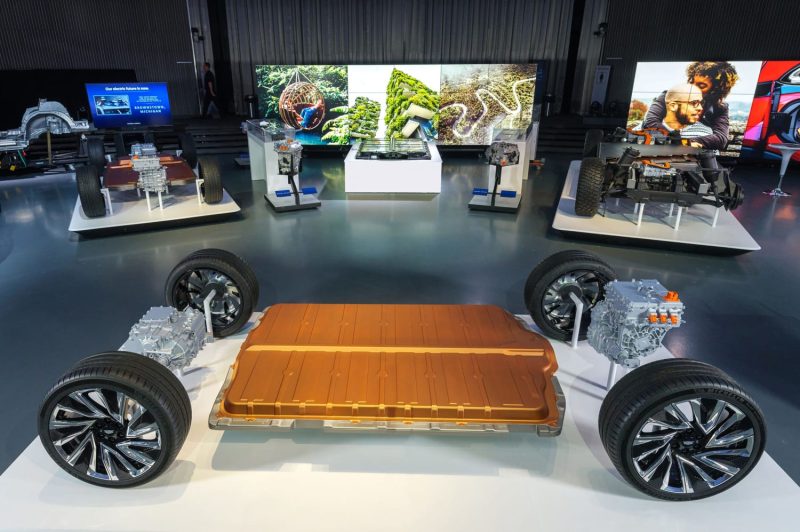The Rise and Evolution of General Motors: A Shift Towards Electric Vehicles
Changing market trends and increasing demands for environment-friendly alternatives have led to a transformation in the automobile industry, with a particular emphasis on electric vehicles (EV). Leading this shift is General Motors (GM), a giant in the automobile industry. GM is steering away from the ‘Ultium’ name for its batteries and technology, as it intensifies focus on EVs.
Firstly, shedding light on the ‘Ultium’ nomenclature, it represented GM’s comprehensive platform and battery system aimed at powering electric vehicles. The Ultium platform was all-encompassing, flexible, and modular in design, targeted to transform the company’s EV lineup, bringing forth maintained and expressive vehicles built around digital connectivity.
However, GM’s recent strategy indicates a move away from the Ultium name. This shift isn’t a total abandonment but rather a tweak in branding maneuver. The rebranding decision comes as GM recognizes the need to focus more on creating a recognizable EV brand.
As opposed to centering its marketing strategy on the underlying technology and batteries, GM will now shift its focus to the vehicle itself. This pivotal move reflects GM’s strategy to highlight the end product—the car—in a manner that is easily recognizable for the consumers. This change resonated first through a TV commercial where instead of touting Ultium battery technology, GM promoted its electric Chevrolet Silverado pickup truck.
GM’s decision reflects the evolving strategy in the EV space. As more consumers become aware of EV benefits, they show greater interest in the overall vehicle. While the technology and battery contribute significantly to the vehicle’s performance and efficiency, it is the overall driving experience, design, and intuitive features that are becoming more important to the consumer.
The shift is also driven by the rising competition in the EV market. To stay competitive, GM has to emphasize its product range and diversify. This move aligns with their vision as they unveiled several upcoming EVs under their brand, including the GMC Hummer EV and the Chevrolet Bolt EUV.
In addition, the company is also working on strengthening its EV infrastructure. They have announced plans to collaborate with EVgo, a public fast-charging network, to triple the size of its nationwide EV charging infrastructure. Strategy like this further solidifies GM’s commitment to promote an EV ecosystem.
This evolution in GM’s branding approach presents a seismic shift in the company’s perspective. It signifies GM’s intent to treat electric vehicles not as a subcategory but as their main product. By moving away from Ultium as their technological highlight to embedding it silently within their vehicles, GM is adapting to the changing market, proving its commitment to this new era of electric vehicles.
The transformation in GM’s strategy symbolizes a dynamic chapter in the history of the automobile industry. It is a testament to a time where automobile giants are ready to embark on a journey focusing more on delivering an electrifying driving experience. It also represents the growth and potential of the EV market, a segment poised to shape the future of global transportation.






























